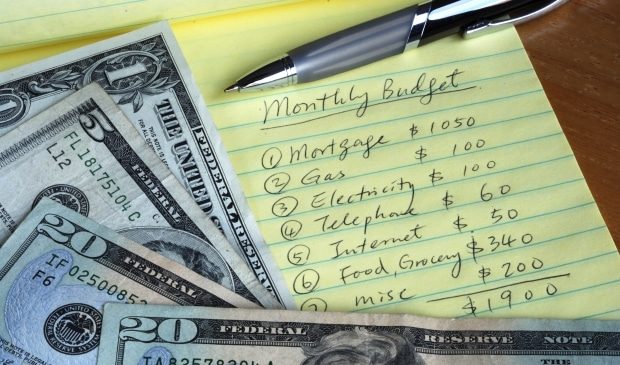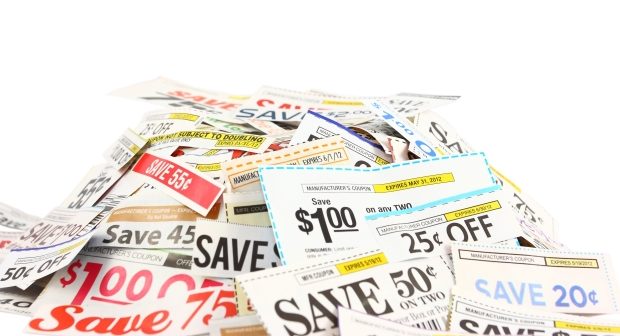Budgeting Basics
You might think budgeting is for other people. We typically think of students, newly-weds and those with minimum-wage jobs as the people who need to budget.
However, the truth is everyone can benefit from laying out and following a budget plan.
Though it may seem daunting to get started. It’s really a matter of making a plan, then carrying it out.
Making the plan is probably the hardest part, but once you start, the rest falls into place. After a few months, you may find there are ways you can manage your money better than before.
Follow these budgeting basics steps, if you’re ready to give it a shot but aren’t sure how to get going. As you get more comfortable with it, you’ll be able to make adjustments to your tracking methods that work best for you.
Map Out Your Income
Before anything else, you need to know how much income you are working with. Otherwise, you can easily spend more than you have.
If you work full-time, use the following formula to calculate your gross income monthly and annually.
Annually
Equation: hourly rate x # of hours each week x # of weeks each year
Example: $15/hr x 40 hrs (full-time) x 52 weeks (the full year) = $31,200 per year
Monthly
Equations: Annual income ÷ 12 months
OR
Paycheck amount x # of paydays each month
Examples: $31,200 annually ÷ 12 months = $2,600 per month
OR
$1,300 per paycheck x 2 paychecks = $2,600 per month
Remember your gross income is the amount you earn before taxes are taken out. This number will be used to determine the most you should be spending on certain things like rent.
The net amount is what you receive after taxes are taken out.
Decide How to Allocate it
Now that you have a monthly amount, it’s time to determine what your highest expenses are each month and the limit on how much you should spend on them. The most costly things are typically rent, utilities, transportation and education.
A popular method to use for this is abbreviated as 50/20/30.
Another recommendation many people use is limiting your housing or rental costs to no more than a third of your monthly income. You may use one of these or look at some variations that fit the area you live in.
For instance, rental costs in big cities can be much higher, and therefore might account for 50% of your monthly income. Because of this, your remaining funds for other areas would be reduced.
Create a Reusable Worksheet or Grid
You may think this is as far as budgeting needs to go, but the little things can add up quickly. It’s important to use a budgeting worksheet of some type to layout your monthly expenses.
I like creating my own in a grid with Excel or Google Sheets where I can add basic equations that will automatically total my expenses as I go, but you can also download one you like.
You can then reuse that worksheet each month to see how your actual expenses compare with your estimates. You can further break down the record of how much you spend in each category by day or week to better track your spending habits.
I like to include the following categories in my worksheet:
- Rent
- Utilities
- Food
- Transportation
- School Supplies
- Phone and Internet
- Social
- Shared Roommate Costs
Track Your Spending and Savings
As you begin tracking your budget, you may notice some amounts aren’t the exact same each month. In those cases, I always opt to list the highest expected expense just in case that full amount is needed.
If not, good for you for saving! You may start to focus only on the amount you are spending, but don’t forget to keep track of how much you’re saving as well.
There may be times one category’s spending will be higher than it should have been. However, with the right balance in other categories, you actually end up with a few more bucks saved up for next month.
And while the worksheet clearly outlines your routine expenses, don’t forget to factor in one-time purchases like
- Upgrading your computer,
- Rental deposits through a property manager like RoofTopRentals.net or
- The cost of a two-week vacation.
The longer you practice sticking to a budget and tracking your spending, the easier it will be to spot what your weaknesses are (maybe you go out to eat a little too much). Once you do, you can begin to make small changes that will keep those things from getting out of hand.






